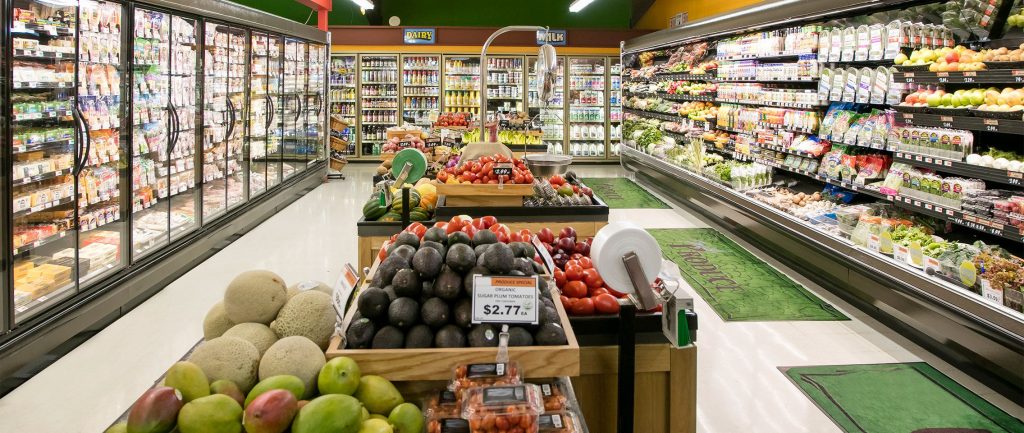Convenience stores play a crucial role in the retail industry, providing consumers with quick and easy access to essential products. As a business looking to sell your products to convenience stores, it is essential to understand the intricacies of this unique market. In this comprehensive guide, we will delve into the strategies, tips, and best practices to successfully sell your products to convenience stores, ensuring your business thrives in this competitive landscape.
- Understanding the Convenience Store Market:
- Analyzing the convenience store industry landscape, including market size, growth trends, and key players.
- Identifying the target audience and their preferences, considering factors such as location, demographics, and purchasing behavior.
- Conducting thorough market research to identify potential opportunities and challenges.
- Developing a Winning Product Strategy:
- Assessing the suitability of your products for convenience stores, considering factors such as shelf life, packaging, and consumer demand.
- Conducting a competitive analysis to differentiate your products and identify unique selling points.
- Adapting your product offerings to cater to the specific needs and preferences of convenience store customers.
- Building Strong Relationships with Convenience Store Owners:
- Establishing a network of contacts within the convenience store industry, attending trade shows, and joining relevant associations.
- Creating a compelling sales pitch that highlights the benefits and profitability of stocking your products.
- Offering incentives, such as promotional discounts or exclusive deals, to entice convenience store owners to carry your products.
- Effective Distribution and Logistics:
- Developing a robust distribution strategy to ensure timely and efficient delivery of products to convenience stores.
- Collaborating with reliable logistics partners to optimize supply chain management and minimize costs.
- Implementing inventory management systems to track product availability and streamline reordering processes.
- Marketing and Promotional Strategies:
- Crafting a compelling brand story and value proposition that resonates with convenience store customers.
- Utilizing digital marketing channels, such as social media and email marketing, to create awareness and drive customer engagement.
- Collaborating with convenience stores on joint promotional campaigns, such as in-store displays or product demonstrations.
- Monitoring and Adaptation:
- Continuously monitoring sales performance and customer feedback to identify areas for improvement.
- Staying updated with industry trends, consumer preferences, and regulatory changes to adapt your product offerings accordingly.
- Seeking feedback from convenience store owners and customers to enhance your products and strengthen relationships.
Conclusion:
Selling products to convenience stores requires a strategic approach that encompasses understanding the market, developing a winning product strategy, building strong relationships, ensuring efficient distribution, implementing effective marketing strategies, and continuously monitoring and adapting. By following the insights and best practices outlined in this guide, you will be well-equipped to navigate the convenience store landscape and achieve success in selling your products.



More Stories
美食
taosu
双旦快乐